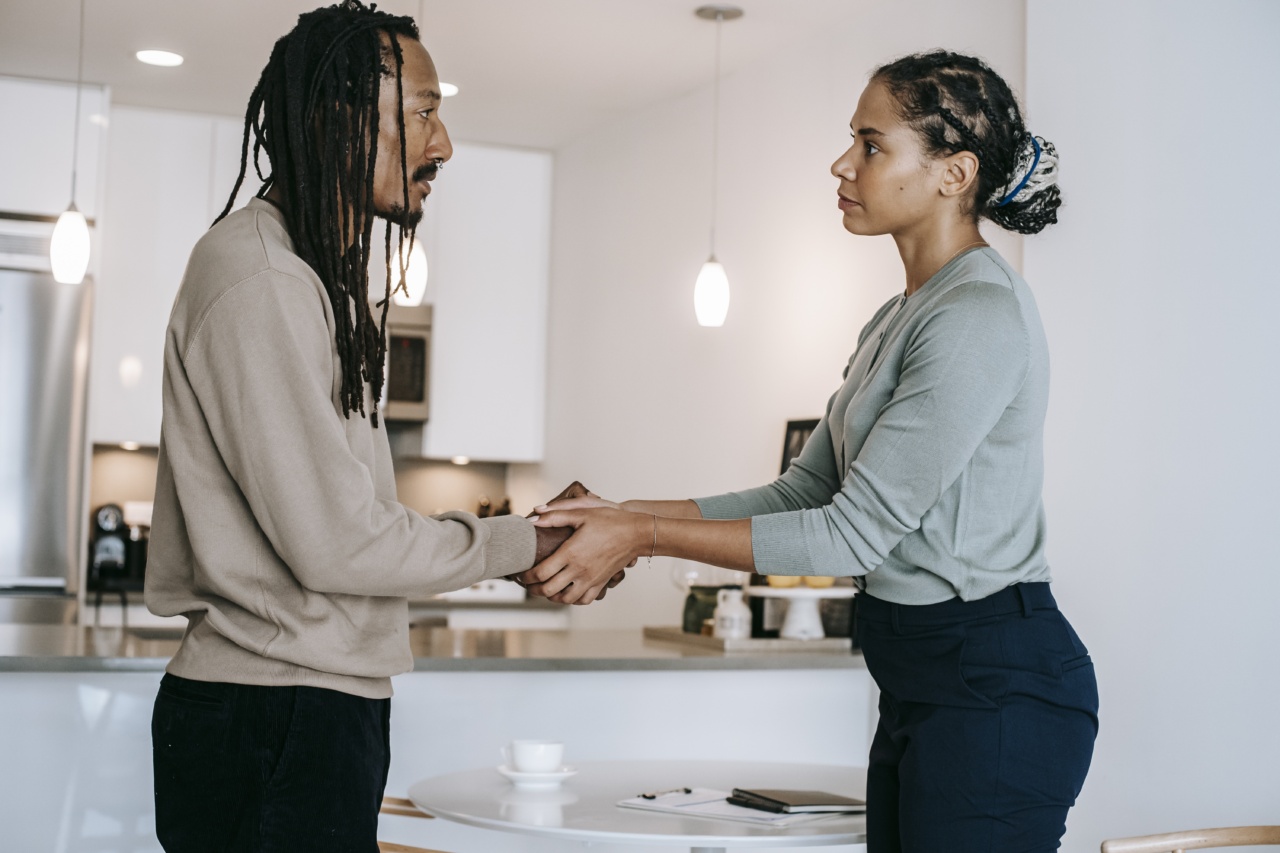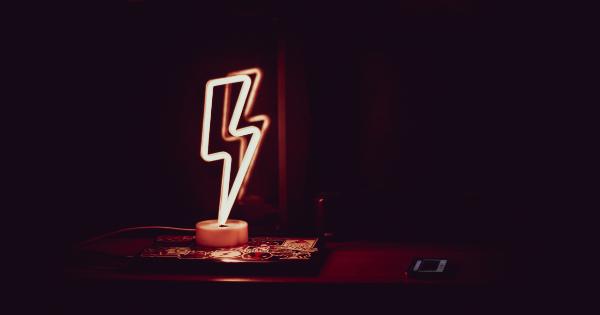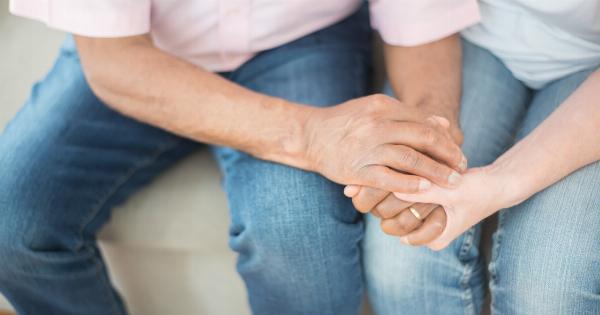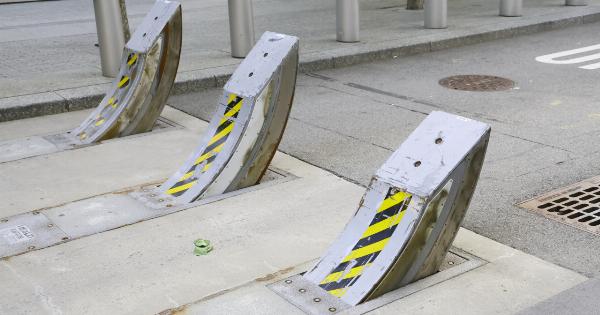Incontinence is a common problem among women, especially those who are elderly or have given birth. It can be a source of embarrassment and discomfort, causing many women to avoid social situations or physical activity.
However, it is important to know that incontinence is treatable and can be managed effectively. With the right solutions, you can regain your confidence and continue to lead an active lifestyle. Here are some of the solutions that can help:.
The Cause of Incontinence in Women
Before looking at the solutions for incontinence, it is important to understand the possible causes. In women, incontinence can be caused by a range of factors, including:.
- Pregnancy and childbirth: This can cause damage to the muscles and nerves that control the bladder.
- Menopause: The decrease in estrogen levels can weaken the pelvic muscles.
- Obesity: Extra weight can put pressure on the bladder.
- Chronic coughing: This can put stress on the pelvic muscles.
- Age: As women age, their muscles can weaken, including those that control the bladder.
Behavioral Solutions for Incontinence
There are several non-invasive solutions for incontinence in women that involve changing habits or behavior:.
- Bladder training: This involves gradually increasing the time between visits to the bathroom to help increase bladder capacity and reduce leaks.
- Double voiding: This involves emptying the bladder completely, waiting a few minutes, and then trying to empty it again to prevent residual urine from causing leaks.
- Limiting fluids: Although it is important to stay hydrated, limiting fluids before bed and avoiding caffeine and alcohol can help reduce the frequency of nighttime urination and improve bladder control.
Exercises for Incontinence
Certain exercises can help strengthen the muscles that control the bladder and improve overall bladder control:.
- Kegels: These exercises involve contracting and releasing the pelvic muscles to strengthen them. This can be done anywhere and at any time throughout the day.
- Biofeedback: This involves using sensors to track muscle activity and provide real-time feedback to help women learn how to control the muscles that control the bladder.
- Electrical stimulation: This involves using electrical impulses to stimulate the pelvic muscles and improve strength and control. This is often done in conjunction with Kegel exercises.
Medical Solutions for Incontinence
For women with more severe cases of incontinence, medical solutions may be necessary:.
- Medication: There are several medications available that can help improve bladder control by relaxing the bladder or reducing the amount of urine produced.
- Surgery: In some cases, surgery may be necessary to correct underlying issues that are causing incontinence, such as a prolapsed bladder or urethra. The specific procedure will depend on the individual case.
- Pessary: This is a device that is inserted into the vagina to help support the bladder and reduce leaks.
Tips for Managing Incontinence
While the above solutions can help improve incontinence in women, there are also some general tips that can help manage the condition:.
- Wear absorbent pads or underwear: This can help prevent leaks and provide added peace of mind. There are many options available that are discreet and comfortable.
- Stay active: Although it may be tempting to avoid physical activity due to incontinence concerns, staying active can actually help improve bladder control and reduce symptoms. Just be sure to go to the bathroom beforehand.
- Talk to your doctor: If you are experiencing incontinence, don’t hesitate to talk to your doctor. They can help determine the underlying cause and recommend the most effective solution for you.
Conclusion
Incontinence can be a frustrating and embarrassing condition, but it is important to know that there are solutions available.
Whether you opt for non-invasive behavioral solutions or more intensive medical treatments, there is no reason to let incontinence hold you back. By taking steps to manage your condition, you can regain your confidence and continue to lead an active and fulfilling life.






























